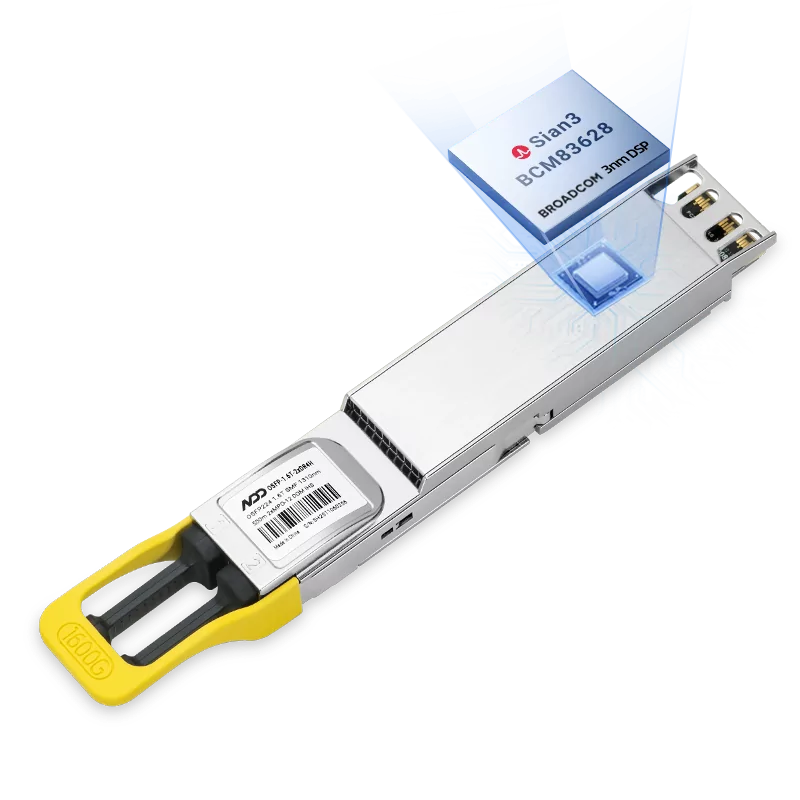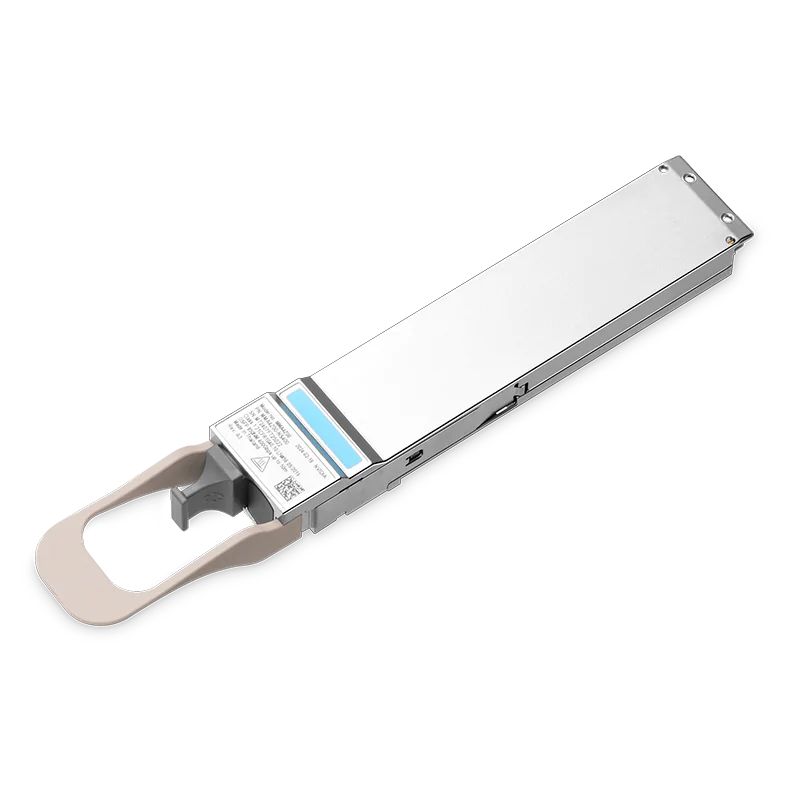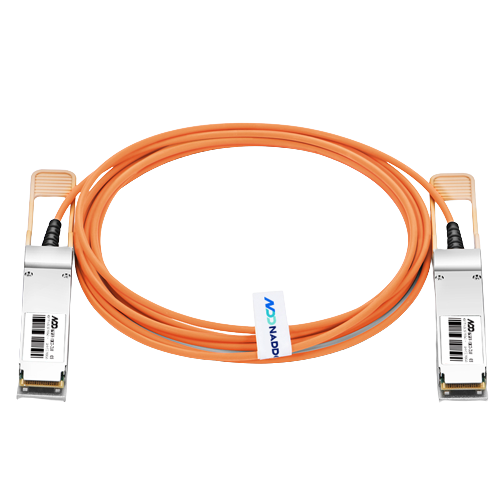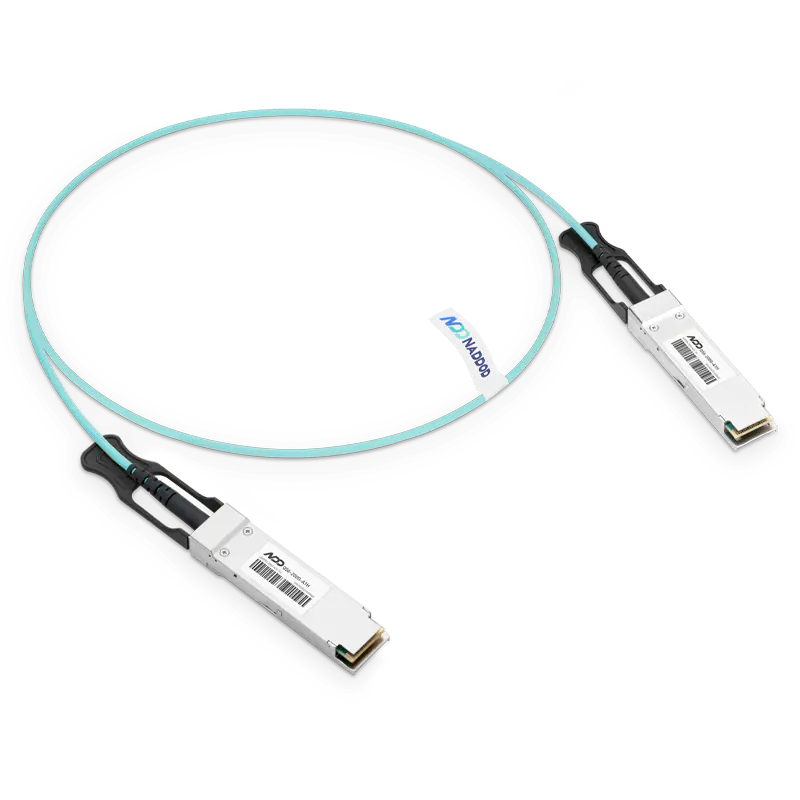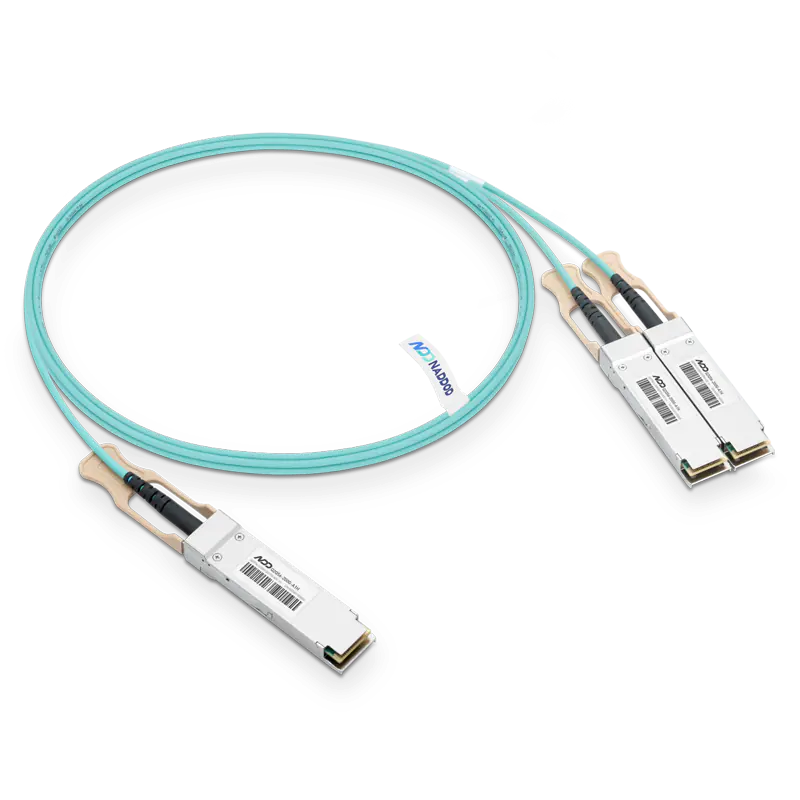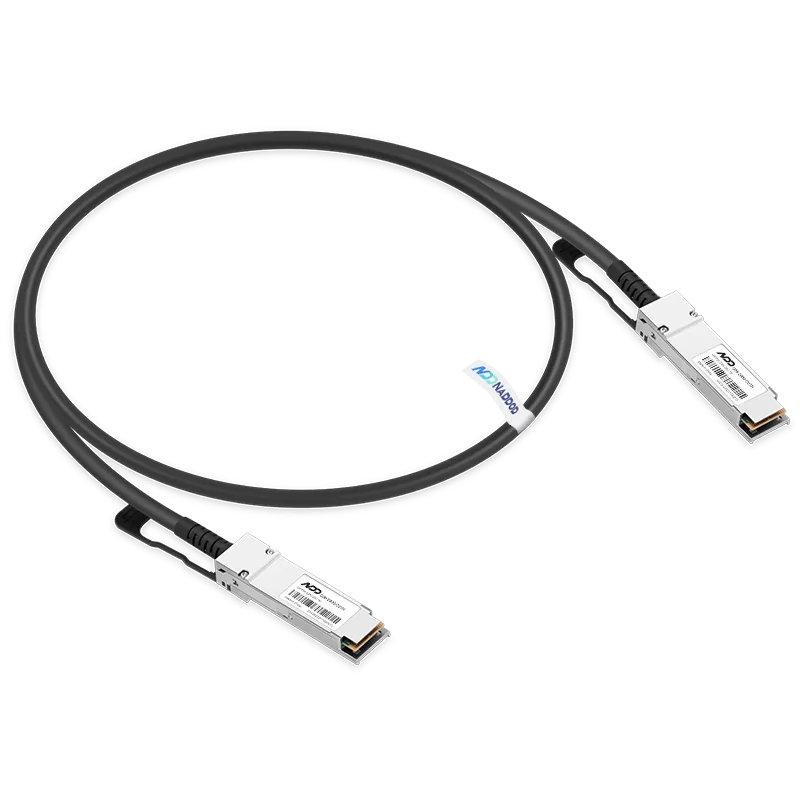Find the best fit for your network needs

share:
 800GBASE-2xSR4 OSFP PAM4 850nm 50m MMF Module
800GBASE-2xSR4 OSFP PAM4 850nm 50m MMF ModuleLearn More
Popular
- 1What is Relationship Between Switches & AI?
- 2400G Optical Interconnect Solutions for Metropolitan Area Networks
- 3Advancements in Optical Interconnects: Enhancing Data Center Network Efficiency
- 4The Key Role of High-quality Optical Transceivers in AI Networks
- 5Common Problems While Using Optical Transceivers in AI Clusters




